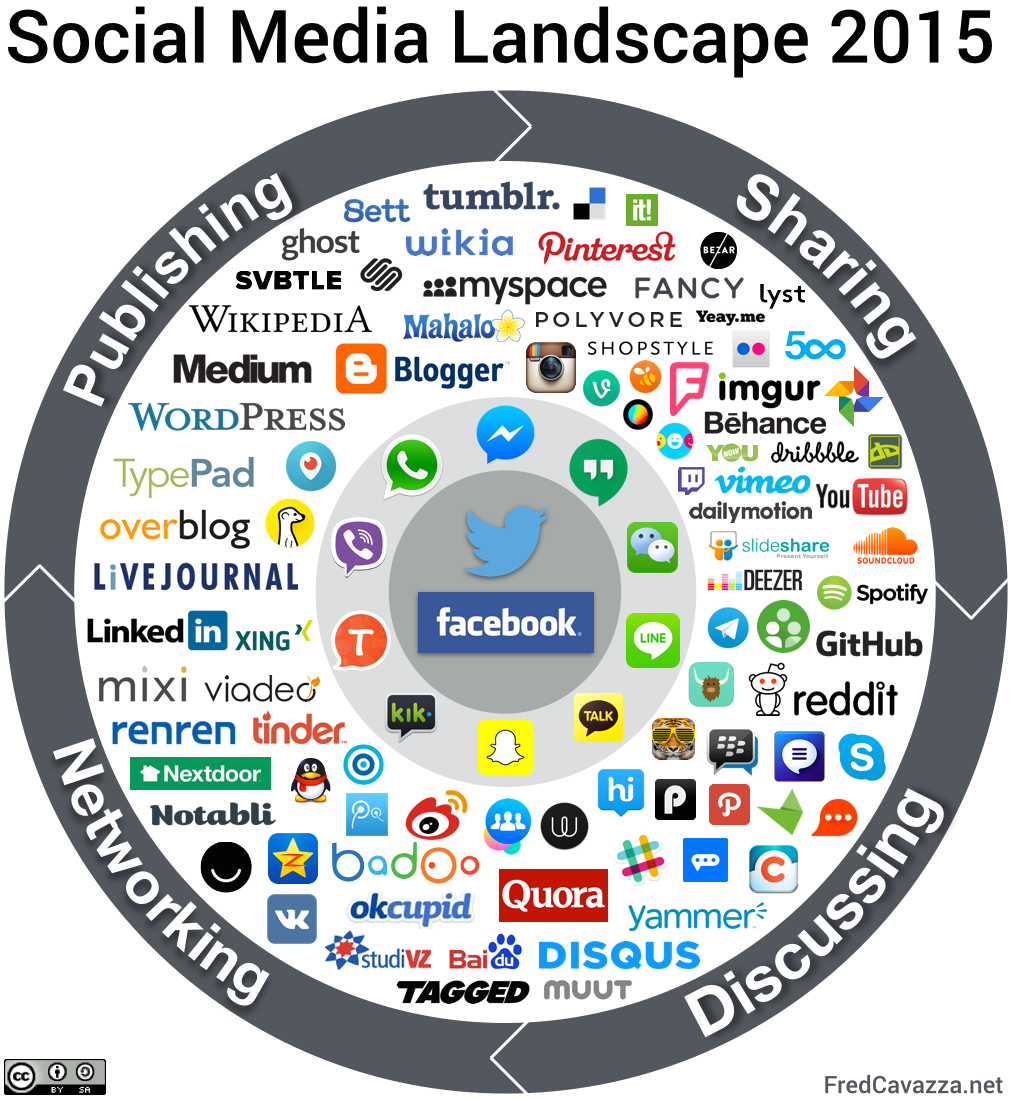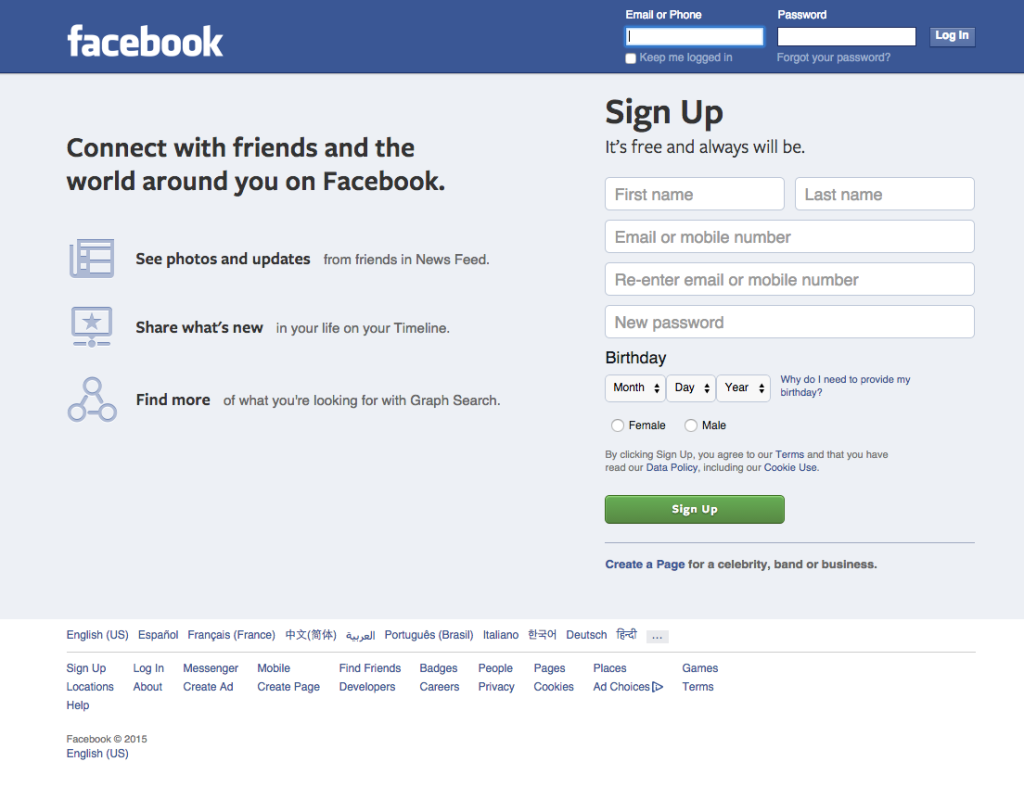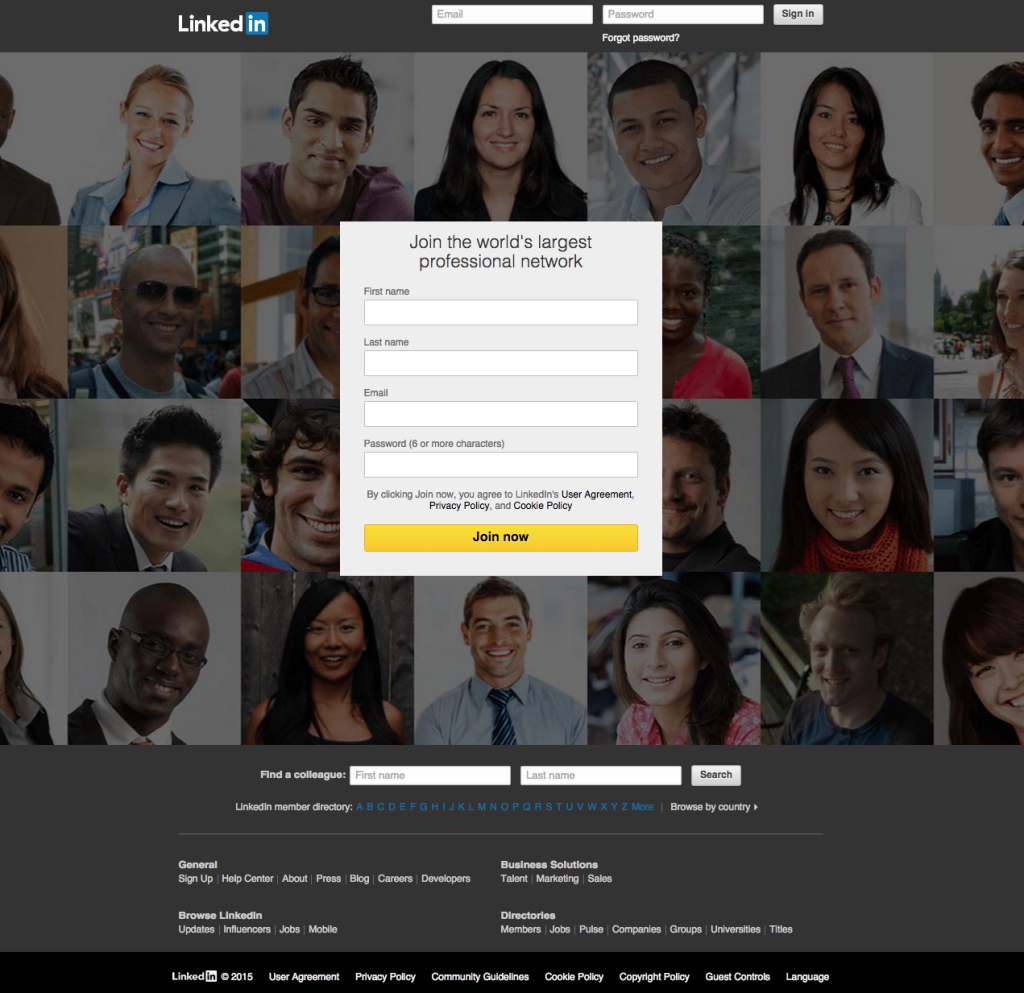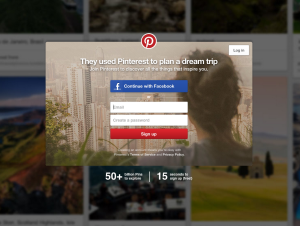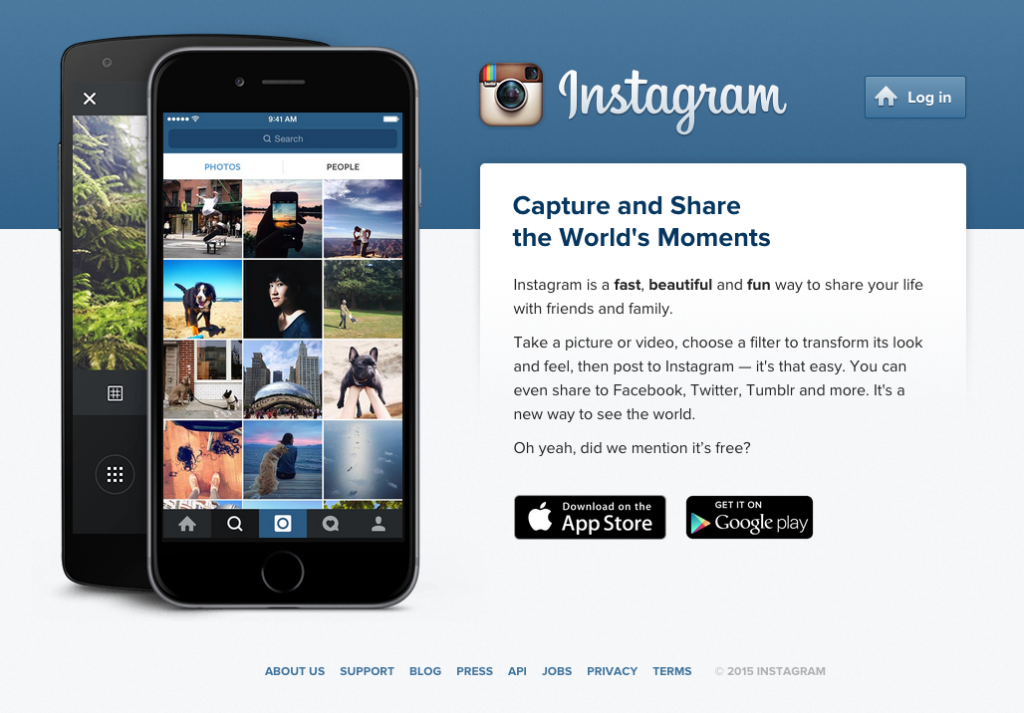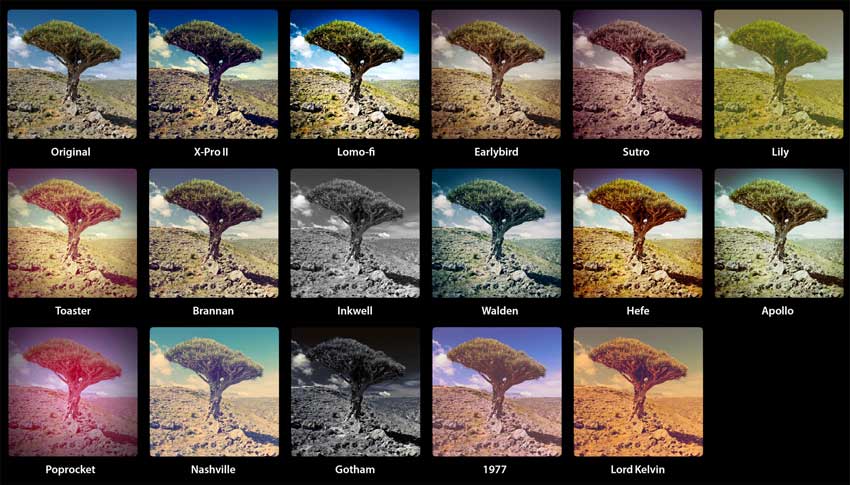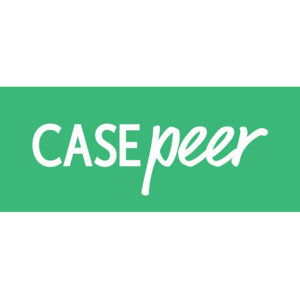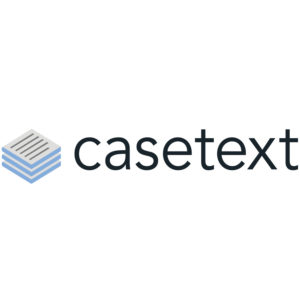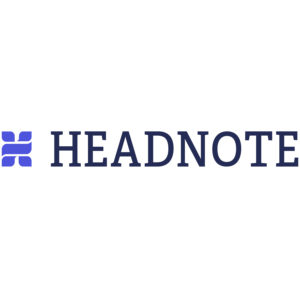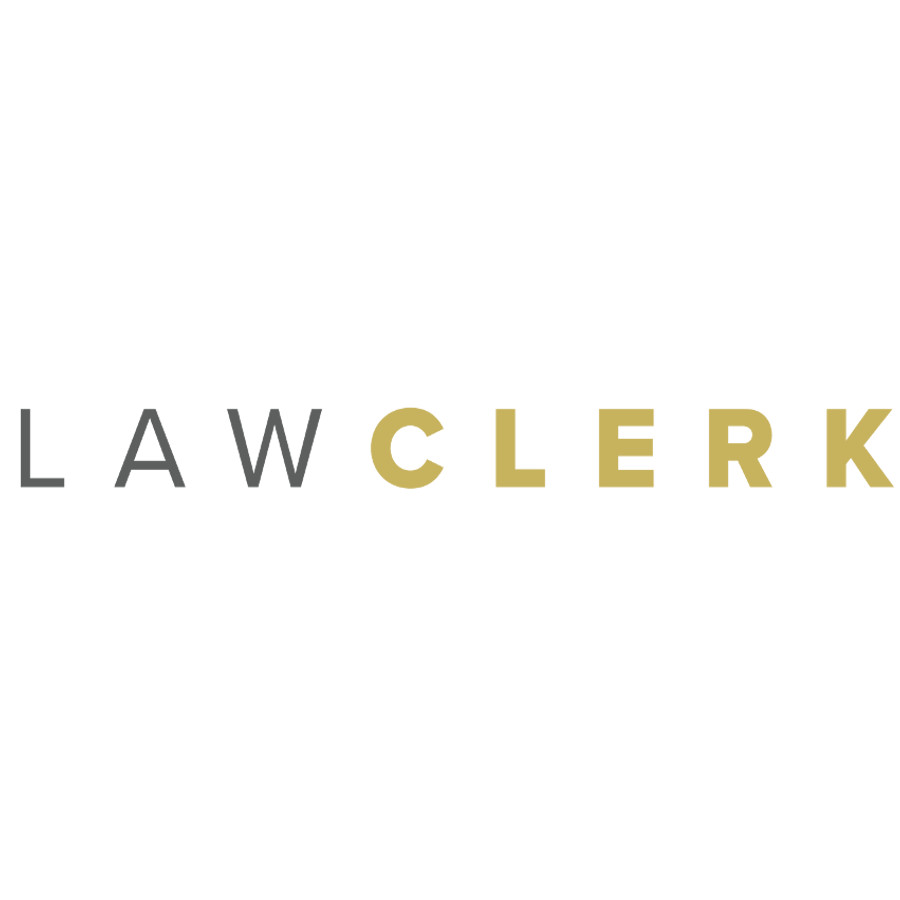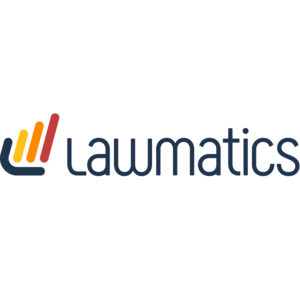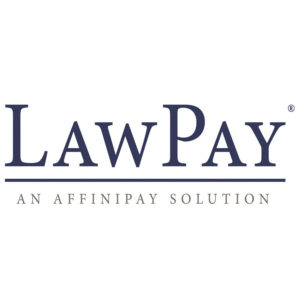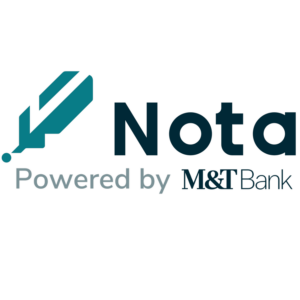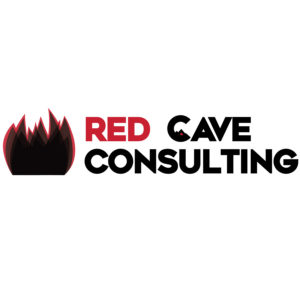Last week, in Part 1 of this primer on social media for new lawyers, I focused on the “why.” Why lawyers should pay attention to the internet and social media online. In part 2, we’re going to focus on the “what?” What are the major existing social media services? What types of people are on the various social media services? Let’s get into it.
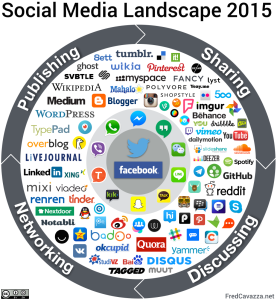 But first, take a look at the image to the left again as it illustrates just how many social media services are out there. There is no way to comprehensively cover them all, even briefly. So instead I’m going to focus on the ones that are likely of the most significant interest to lawyers. I’ll devote extensive coverage to the most popular social media services here in Part 2. And because this is already so lengthy, I’m going to place overviews of some of the secondary services of which lawyers should be aware in Part 3. With a Part 4 and tentative part 5 behind that, depending on how long it takes for me to get this right.
But first, take a look at the image to the left again as it illustrates just how many social media services are out there. There is no way to comprehensively cover them all, even briefly. So instead I’m going to focus on the ones that are likely of the most significant interest to lawyers. I’ll devote extensive coverage to the most popular social media services here in Part 2. And because this is already so lengthy, I’m going to place overviews of some of the secondary services of which lawyers should be aware in Part 3. With a Part 4 and tentative part 5 behind that, depending on how long it takes for me to get this right.
Demographic Breakdown Of Social Media Services
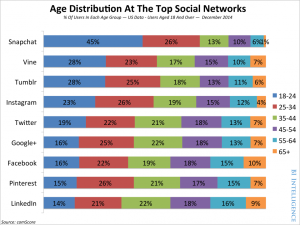 Before we get into specific services, let’s take a moment to look at the type of people are on these services. Just a few days ago, Business Insider teased out a bit of their demographic research that looked at a variety of social media services. Looking at their breakdown, as expected, younger people are increasingly spending their time on more “visual” social media services – ones that focus on pictures and video, almost to the exclusion of text (the exception being Snapchat, which is more a messaging app than a social media service). The older, established social media services have more diverse user bases.
Before we get into specific services, let’s take a moment to look at the type of people are on these services. Just a few days ago, Business Insider teased out a bit of their demographic research that looked at a variety of social media services. Looking at their breakdown, as expected, younger people are increasingly spending their time on more “visual” social media services – ones that focus on pictures and video, almost to the exclusion of text (the exception being Snapchat, which is more a messaging app than a social media service). The older, established social media services have more diverse user bases.
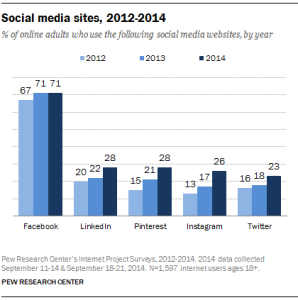 The Pew Research Center has also been tracking internet usage, generally, and on social media services for some time now. In their most recent Social Media Update 2014, they shared their research on the demographics of what they identified as the “top five” social media platforms. This research is based on American adults (18+) who use the internet. The “top five” social media services among adults identified in their surveys and research are: Facebook, Linkedin, Pinterest, Instagram, and Twitter. Looking at the below graph, you can see that Facebook, while easily still the dominant platform, has leveled off in growth while the others continue to grow at a steady clip.
The Pew Research Center has also been tracking internet usage, generally, and on social media services for some time now. In their most recent Social Media Update 2014, they shared their research on the demographics of what they identified as the “top five” social media platforms. This research is based on American adults (18+) who use the internet. The “top five” social media services among adults identified in their surveys and research are: Facebook, Linkedin, Pinterest, Instagram, and Twitter. Looking at the below graph, you can see that Facebook, while easily still the dominant platform, has leveled off in growth while the others continue to grow at a steady clip.
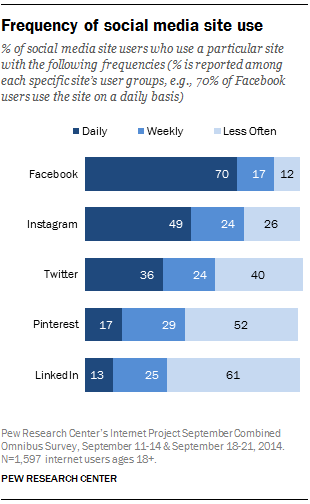 The above information helps us get a sort of sketch as to the type of person on each service. Another significant factor to consider is also how frequently people use these services. Are they the type of thing that people pay attention to everyday or once a week? Again, we see Facebook being the dominant platform.
The above information helps us get a sort of sketch as to the type of person on each service. Another significant factor to consider is also how frequently people use these services. Are they the type of thing that people pay attention to everyday or once a week? Again, we see Facebook being the dominant platform.
70% of online adults are on Facebook daily.
Likely multiple times a day really – between desktop and mobile devices. On the other services, daily useage falls off quickly, with Linkedin coming in at only 13%. Despite Linkedin’s efforts to become relevant as a regular destination, for most people it essentially exists to have a sort-of online resume. Not the type of thing you actually need to check in on that frequently. Rather something that you setup one-time and go into maintenance mode with it.
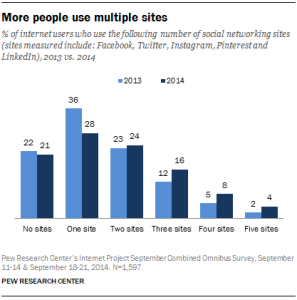 Lastly, it’s also interesting to look at the number of adults who use multiple social media services. As can be deduced from the previous graphs, many adults only use one service (Facebook). To these people, Facebook IS social media. Nothing else is on their radar. But looking at the results from 2013 to 2014 it’s clear that this is changing. As adults become more comfortable with social media, they are inclined to begin to explore other services. Children and young adults are likely already on multiple services already. The growth rate of using multiple services is among older adults.
Lastly, it’s also interesting to look at the number of adults who use multiple social media services. As can be deduced from the previous graphs, many adults only use one service (Facebook). To these people, Facebook IS social media. Nothing else is on their radar. But looking at the results from 2013 to 2014 it’s clear that this is changing. As adults become more comfortable with social media, they are inclined to begin to explore other services. Children and young adults are likely already on multiple services already. The growth rate of using multiple services is among older adults.
But before we get into other services, let’s start with the king: Facebook.
What is Facebook?
The funny thing about Facebook at this point is that they sort of presume that you know what it is. That’s how huge it is. Normally when you go to a new app, website, or service, they will have an “About” page explaining what it is. Or a video that gives an overview. Not with Facebook. If you visit Facebook not logged in, from a clean/no cookie browser, you get the following:
If you click on the About link at the bottom, it takes you to a PR/brand page devoted to Facebook. At this point, Facebook is so ubiquitous and confident that they run with just the basic copy on the above page:
“Connect with friends and the world around you”
Along with the subheadings of “see photos and updates,” “share what’s new,” and “find more.” Pretty nebulous really, but also essentially what Facebook it is.
It’s a place where people go to see what’s going on in people’s lives.
It’s your sister complaining about cleaning her house. It’s a co-worker talking about being at a ball game the night before. It’s your neighbor’s photos of their grandkids. You already know about it because everyone you know is already on it.
Facebook is a record of the past. It is a digital scrapbook of kid’s birthday parties, vacation & wedding photos, and birthday wishes. Facebook is also the news for many people, but not breaking news. It can be stories of significance and substance (a post on the debt Greek crises from The Economist, shared by your uncle), or the banal and forgettable (“You Won’t Believe These 7 Things To Do To Lose Weight,” shared by that one person you went to high school with and wish you hadn’t friended).
Regardless, for many it has become manner in which they interact with other people online. Facebook is what AOL wishes it had become: the default gateway for getting online – but in the specific context of knowing what is going on in people’s lives that are relevant to them. Facebook attempts to do this by relentlessly tracking every single interaction on the the service. It tracks who you look at, how long you look at it, where you click, what you like, etc. Then it feeds all that information into algorithms that attempt to show you the most relevant information on your main page (along with advertising of course).
Should lawyers use it?
If you were going to pick only one social media service to use, Facebook is easily the leading candidate. It’s the most ubiquitous service among adults and frequented multiple times a day.
Read more about Facebook at their Wikipedia Entry.
What is Linkedin?
Linkedin describes itself as “the world’s largest professional network with 300 million members in over 200 countries and territories around the globe.” Linkedin also has a mission statement that might help give some insight: “connect the world’s professionals to make them more productive and successful. When you join LinkedIn, you get access to people, jobs, news, updates, and insights that help you be great at what you do.”
Yet, as I stated earlier, it’s pretty much just people’s online resume. Headhunters and job placement services regularly use the service.
Linkedin is not only your resume, there are groups to join and discussion areas. These can be as broad as “Lawyers,” to as narrow as you law school’s alumni or a specific practice area and region. Yet, the vast majority of people on Linkedin don’t use groups. Joining groups and then participating in them is opaque at best. Linkedin is just not very intuitive.
Linkedin is also very vanilla and corporate. There are no grankid photos here. The majority of the information on Linkedin is relating to business in someway. Career updates. An article someone has written on a specific industry. Job postings. It has become a sort of one-stop shop for news and information related to the users’ careers.
Linkedin is also important because it tends to rank very highly in search engines. When someone searches for a specific lawyer, “Jane Doe lawyer,” a Linkedin profile is often one of the tops results. As stated in Part 1 of the primer, this is useful in the “people want to check you out” context.
Should lawyers use it?
Given the above, it’s worth your time to create a robust Linkedin profile. It won’t take too much time to get it squared away, and once it’s set, it should only take minimal attention to keep your Linkedin profile current. You’ll update it when you have a job change, significant achievement or awards received, etc. Other than that you can leave it as is. There are the other community aspects with groups, etc., but they aren’t a necessary part of your time. You can also “share updates,” just like the other social media services, but don’t feel required to.
Read more about Linkedin at their Wikipedia Entry.
What is Pinterest?
Pinterest describes itself as “a place to discover ideas for all your projects and interests, hand-picked by people like you.” In search results, their brief tagline is “Discover and save creative ideas.”
I’ve included three different examples of the Pinterest splash page, because there are multiple options. Right away, Pinterest attempts to give people a sense of what it is about. Gardening, cooking, travel. It’s about much more than that really. Often times, Pinterest is about the future. It is where people place their hopes, dreams, and desires.
The garden they want to plant in their backyard, a recipe they hope to make, a destination they desire to travel to. Here’s Pinterest’s branding video if you want their inspirational/aspirational corporate messaging:
 Pinterest is also heavily skewed towards women. The vast majority of users on the service are women. Among adult women who use the internet, 42% of them have a Pinterest account. That’s significant for advertisers who want to reach women, especially when they are “pinning” their hopes, desires, and dreams for all to see.
Pinterest is also heavily skewed towards women. The vast majority of users on the service are women. Among adult women who use the internet, 42% of them have a Pinterest account. That’s significant for advertisers who want to reach women, especially when they are “pinning” their hopes, desires, and dreams for all to see.
Really, Pinterest is just a way for people to save things they like or want from around the web. It’s a sort of visual bookmark system. Just like people used to save web pages they wanted to see again in their bookmark folder, now many people use Pinterest instead. Quick example:
Attorney Alice has decided she wants a new desk to go with her new office chair she bought in Part 1. Alice begins to scour the web looking at desks. She some she likes on Amazon, and hits the “Pin-it!” button on her browser, the image of the desk and other information are immediately whisked away into a “Pin,” that Alice can review later. She looks at Pottery Barn and Office Depot too. Now she has 1/2 dozen desks too look at. She can also explore similar items on Pinterest and create of visual collage of possible interests. Here the thing, if you were a desk retailer, wouldn’t you want to advertise right next to this page?
The answer, of course, is yes. But is that really relevant to lawyers and other providers of professional services? Do people create “divorce boards?” Are there corporate executives putting up “strategic catastrophe” boards where they list their companies weaknesses and fears? Not exactly. Pinterest is not a place where people go to look for information about professional services.
Should lawyers use it?
Having a Pinterest page might have some value in that is might help someone looking you up online “get a sense of who you are.” But it’s not necessary, and you could get the same effect with having a Facebook page & a blog. Pinterest is nice if you want to use it, but lawyers don’t need to be concerned with it at this point if they don’t want to.
Read more about Pinterest at their Wikipedia Entry.
What is Instagram?
Instagram (“Insta”) is a mobile photo/video-sharing social media service that enables its users to take pictures and videos, and share them on Insta, along with a variety of social networking platforms, such as Facebook, Twitter, Tumblr and Flickr. Insta describes itself as the place to “Capture and Share the World’s Moments.”
What Insta really is, to be quite frank, is a set of photo “filters” that let people feel like they can take good photos. For a long time on all phones, not just smartphones, the camera application/utility was fairly basic. Only in the past few years have the sensors in phones become of a high quality enough to take decent pictures. Even then, good photography requires talent. Framing, composition, arrangement all come into play. But these are things that can’t be corrected or fixed with software. Yet what you can effect with software is lighting, mood, and effects. These things used to be the sole purview of expensive photo editing software.
But when Insta came out, it came with “filters.” These are settings you can choose to overlay on a photo you take, in order to give it a different feel or mood. Suddenly, everyone felt like they could take artsy, comment worthy photos. It also piggybacked onto already existing social media services like Facebook and Twitter by easily allowing Insta users to post one photo to multiple services easily. In just a few months Insta shot over one million users.
Should lawyers use it?
Not really. Just like Pinterest, Insta is not a place people are going to look for information on professional services. Again, it could help someone looking you up online “get a sense of who you are,” but it’s not necessary. It’s a convenient service if you want to have a central photo application to shoot pictures, then share on multiple services. Insta also skews younger. That is, it’s less likely that there are going to be potential clients there.
Read more about Instagram on their Wikipedia Entry.
What is Twitter?
Twitter, while having the lowest penetration among adults among these top five social media services, punches well above it’s weight.
Twitter is on everything. Twitter is where #hashtags come from. Twitter is where people are discussing SuperBowl while it is being played. People are talking about the concert they are at. People share the story they just wrote, or the picture they just took.
Twitter is now.
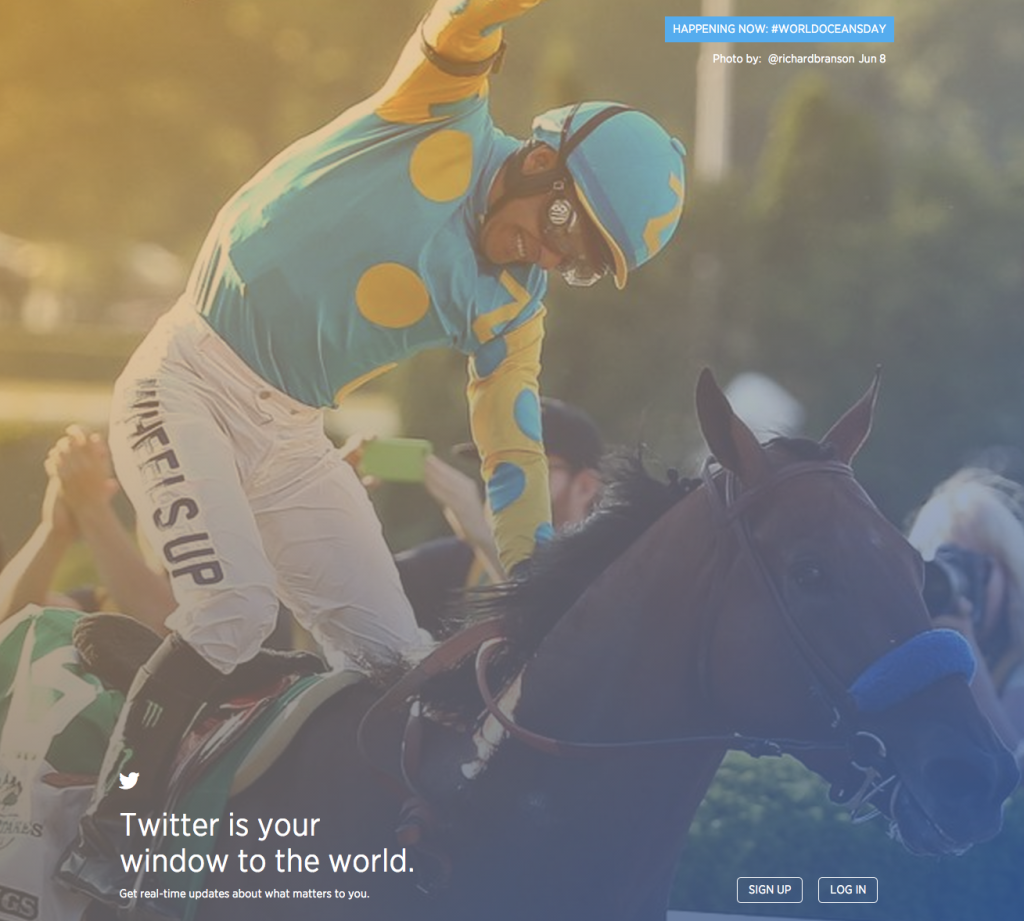 More so than any other social media service, Twitter is real-time. If you want the latest in breaking news, Twitter is where you need to be because it turns every user into a reporter. How real-time? Back in 2011, a Twitter user inadvertently gave live updates during the assassination of Osama Bin Laden. He didn’t realize it until nine hours later. Even then, when the news did break, it was on Twitter, not on cable.
More so than any other social media service, Twitter is real-time. If you want the latest in breaking news, Twitter is where you need to be because it turns every user into a reporter. How real-time? Back in 2011, a Twitter user inadvertently gave live updates during the assassination of Osama Bin Laden. He didn’t realize it until nine hours later. Even then, when the news did break, it was on Twitter, not on cable.
When user make a post on Twitter (a “tweet”), it might be their brief thoughts on topic (Twitter posts are limited to 140 characters), or a photo of their lunch, or a video of a parade they are attending. It is a window into a small slice of someone else’s life.
People on Twitter tend to follow news sources, celebrities, friends, and acquaintances that share news and information relevant to their interests. And because Twitter is so fast and so powerful, it tends to attract sort of social media “power users,” people comfortable with managing and self-organizing their information. Twitter is also more “open” than the other social media services. By default, a user’s’ profile is public and anyone can access it. So it is much easier to stumble into people and conversations that you aren’t a part of. This sort of “organic discoverability” sets Twitter apart from the other social media services. As a result, Twitter is an incredibly strong driver of traffic. If something becomes popular on Twitter, and there is a hyperlink to a particular website, that site can likely expect a high degree of traffic.
Are Twitter users looking for professional services when they are on it? Probably not, but they very well might be looking for news or information regarding a type of service. It’s also a good place to get insight into someone’s conversational tone. By looking at someone’s Tweets, you can develop not just a sense of who they are, but how they communicate.
Should lawyers use it?
It depends. Twitter, while powerful, is also a bit more difficult to use than the other services. It takes time to understand how it functions and the speed of it turns some people off. But if you are going to publish information online (law firm website, blog, articles, etc.), Twitter is likely an important aspect of helping others be aware of what you are doing. For me, as I produce a large amount of information (articles, photos, audio, video, etc.), Twitter is an essential tool.
Read more about Twitter on their Wikipedia Entry.
The Big 3?
There you have it, a brief overview of the top five social media services among adults. Of the five, I feel comfortable in recommending lawyers actually only focus on three: Facebook, Linkedin, and Twitter. Due to the nature of Linkedin, you can spend less time on it than the other two. So that really leaves Facebook and Twitter.
Of course, there are dozens of other social media services. It’s near impossible to give an overview of them all, but I do want to touch on some that will be of interest to lawyers, not so much as they might use them, but so lawyers can be aware of what their clients might be doing on them. These services, along with blogging, will be covered in Part 3 of this Social Media Primer For New Lawyers. Look for it to come down the pipe in the next few days.

